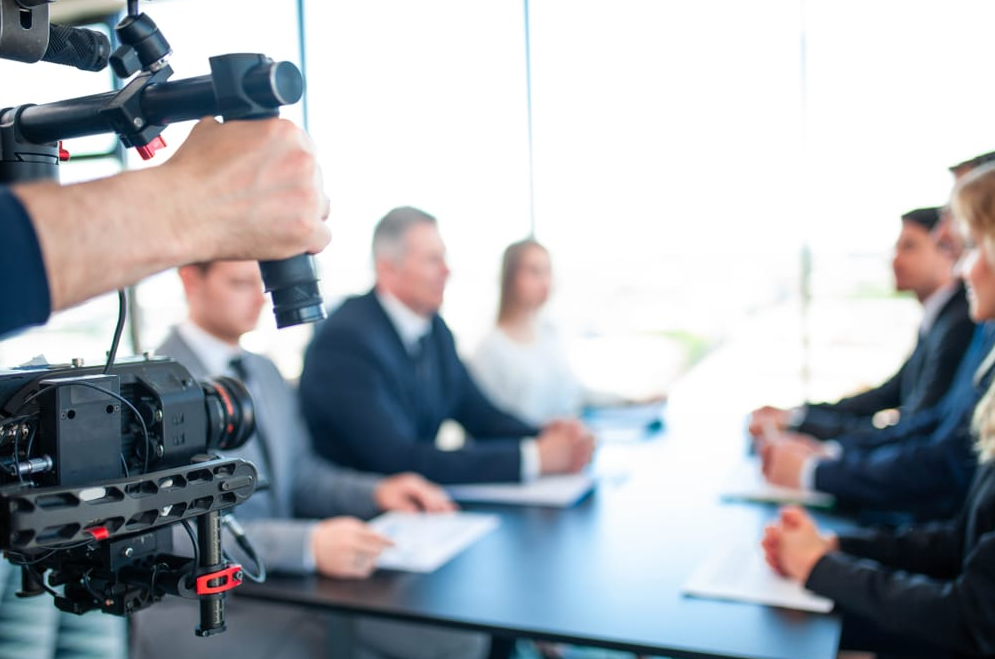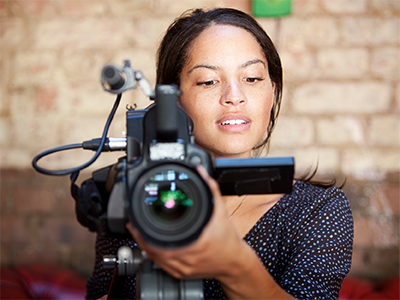Exploring the Role of Legal Videography in the Courtroom
Exploring the Role of Legal Videography in the Courtroom
Blog Article
Why Legal Videography Is Crucial for Accurate Court Recordings
The duty of lawful videography in court setups can not be overemphasized, as it acts as an essential device for protecting the integrity of court records. By catching both verbal and non-verbal interaction, it enhances the clarity of witness testaments and reflects the nuances of courtroom interactions. This thorough paperwork not just help in reducing potential misunderstandings but additionally supports appellate evaluations, therefore enhancing the judicial procedure. However, the implications of integrating legal videography into conventional court room practices raise vital inquiries concerning its more comprehensive effect on the legal system. What might these effects entail?
Significance of Visual Evidence
In the realm of lawful procedures, the relevance of visual proof can not be overstated. Visual proof offers as a powerful device in establishing truths, corroborating testimonies, and enhancing the general quality of a situation. This kind of proof, which includes photographs, videos, and representations, can give a concrete context that spoken summaries often lack, consequently offering juries and courts a clearer understanding of the scenarios bordering a case.
Moreover, visual evidence help in the retention of details. Human cognition is inherently aesthetic, and individuals are most likely to bear in mind and understand information offered in an aesthetic layout. In the court room, this can be essential, as engaging visual evidence can sway viewpoints and enhance the story provided by legal agents.
Furthermore, using aesthetic evidence can decrease misunderstandings and obscurities that usually develop from spoken exchanges. By offering a direct depiction of events, aesthetic proof aids to remove subjective analyses and fosters a much more unbiased exam of the truths. Subsequently, the combination of visual evidence into lawful procedures not just enhances the honesty of the judicial procedure but additionally improves the chance of attaining a just end result.
Recording Non-Verbal Cues
Making use of sophisticated videography techniques can considerably boost the capture of non-verbal signs throughout lawful process. Non-verbal communication, consisting of faces, body movement, and eye get in touch with, plays an essential function in communicating feelings and intents that may not be explicitly stated in verbal statement. legal videography. Legal videography employs high-def electronic cameras and strategic angles to ensure that these subtle cues are recorded with clarity and precision
The ability to evaluate non-verbal behavior can provide valuable context to statements made during court sessions. A witness's hesitation or self-confidence can be interpreted via their pose or gestures, potentially affecting the court's assumption of credibility. The use of close-up shots can aid focus on an audio speaker's expressions, enabling for a much more nuanced understanding of the testament.
Additionally, incorporating numerous cam angles can develop an extensive sight of interactions, highlighting dynamics in between celebrations involved. This diverse technique not only improves the precision of the court record however likewise aids in maintaining the honesty of the judicial process - legal videography. Eventually, capturing non-verbal hints with legal videography fosters a richer, a lot more total depiction of courtroom procedures

Enhancing Statement Dependability
The integrity of testament can be significantly reinforced through using premium legal videography. Video recordings serve as an unbiased medium that captures not just the talked words of witnesses but also the subtleties of their delivery, including tone, pacing, and emotional expressiveness. This diverse paperwork provides a more clear understanding of the witness's credibility and objectives, which can be crucial in legal process.
Additionally, lawful videography minimizes the possibility for misinterpretations that might occur from written records alone. When jurors can observe a witness's temperament and body language along with their statement, they are better geared up to assess the credibility and dependability of the proof presented. This aesthetic context can reinforce the testimonial narrative, making it extra compelling and qualified.
Additionally, the existence of a video recording can hinder potential variances in testament. Witnesses may be a lot more cautious in their declarations when they recognize they are being taped, resulting in even more exact and sincere accounts. Generally, top quality legal videography enhances the integrity of testimony, guaranteeing that the court has accessibility to a complete and honest representation of the realities as conveyed by the witnesses.
Sustaining Appeals and Reviews
Lawful videography plays a crucial duty read this article in sustaining allures and testimonials by supplying an extensive visual record of court procedures. This aesthetic paperwork catches not just the talked words of witnesses and lawyers however also the nuances of body movement, tone of voice, and courtroom characteristics. Such elements can be pivotal in recognizing the context of testimonies and disagreements presented.
In the appellate procedure, where the focus is on errors of regulation and procedural justness, a video clip document can work as an essential tool for appellate courts. It makes it possible for judges to examine the original test context, guaranteeing that decisions are based upon a complete understanding of the proceedings. The capability to visually analyze the temperament of witnesses or the communications in between events can reveal understandings that composed records may overlook.

Furthermore, lawful videography can aid in clarifying ambiguities in testaments or procedural judgments, thereby enhancing the basis for an appeal. By offering a reliable, unbiased account of what transpired in court, legal videography not only sustains the stability of the lawful procedure but additionally empowers all events involved to make informed choices concerning their cases.
Enhancing Court Room Procedures
Enhancing court effectiveness, legal videography simplifies processes by supplying instant access to aesthetic records of proceedings. This innovation enables courts, lawyers, and courts to revisit critical statement and proof, guaranteeing that find this all celebrations have a clear understanding of the instance. By capturing the subtleties of spoken and non-verbal interaction, videography improves the record, making it simpler to realize the context and weight of testimonies.

Furthermore, video clip recordings can help with remote engagement in hearings, allowing for better versatility in organizing and involvement, which is specifically beneficial in complicated cases involving numerous stakeholders.
Conclusion
Finally, legal videography plays a vital function in ensuring precise court recordings by providing important visual evidence that captures both verbal and non-verbal interaction. This practice enhances the integrity of statements, sustains appellate evaluations, and enhances courtroom processes. By fostering a detailed understanding of court room dynamics, legal videography inevitably adds to a lot more equitable judicial outcomes, strengthening the stability of the lawful system and promoting notified decision-making.
Report this page